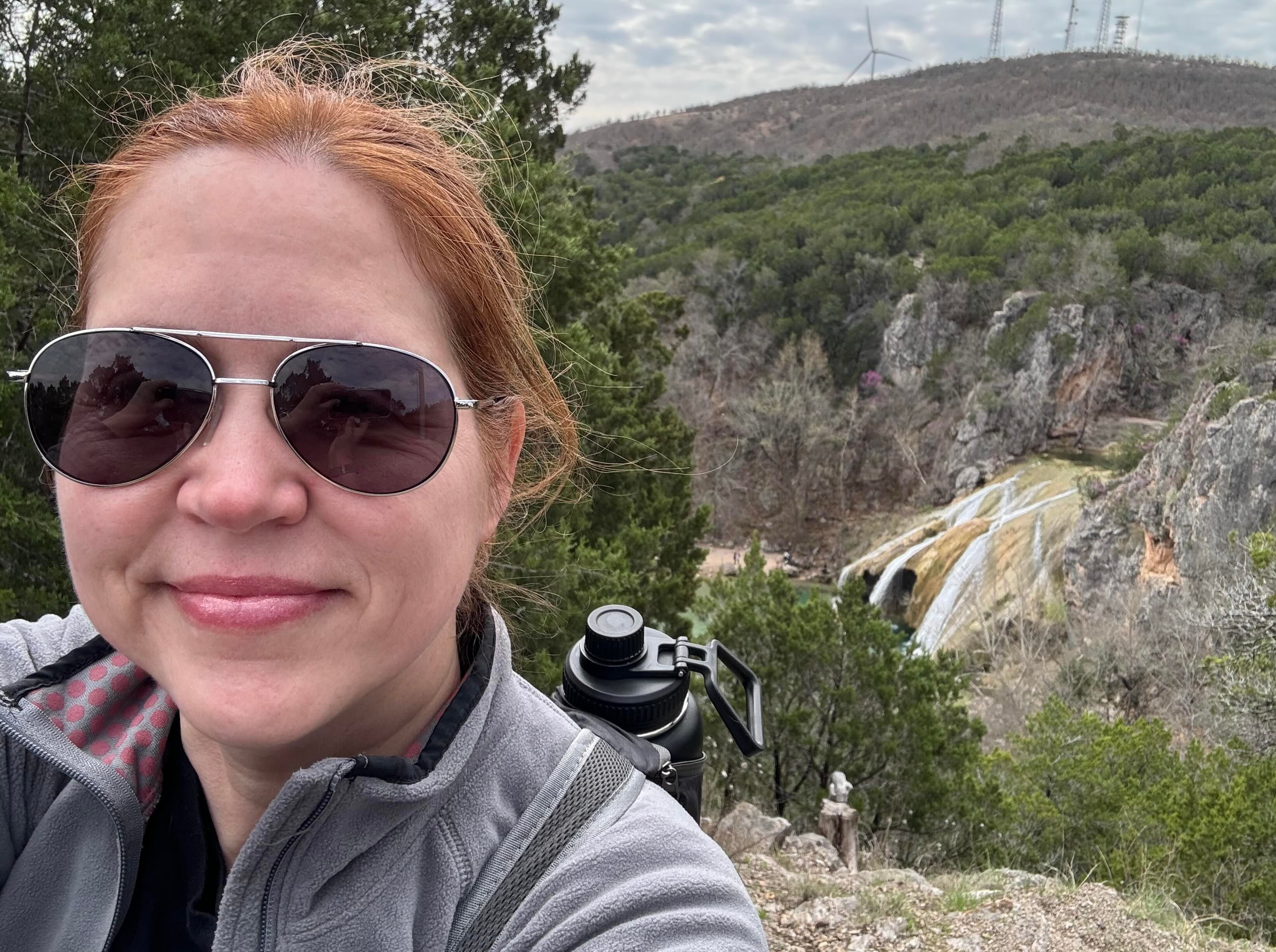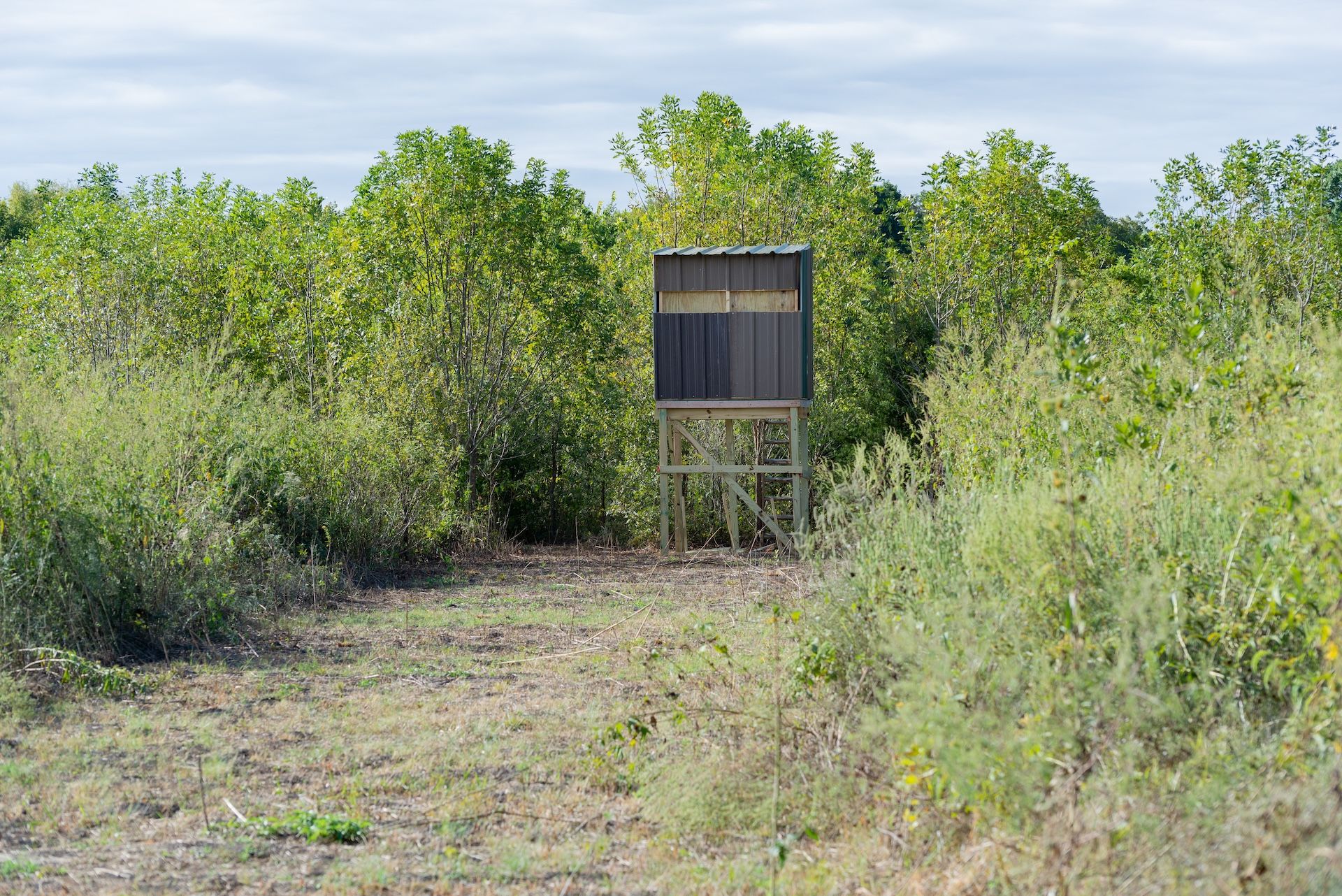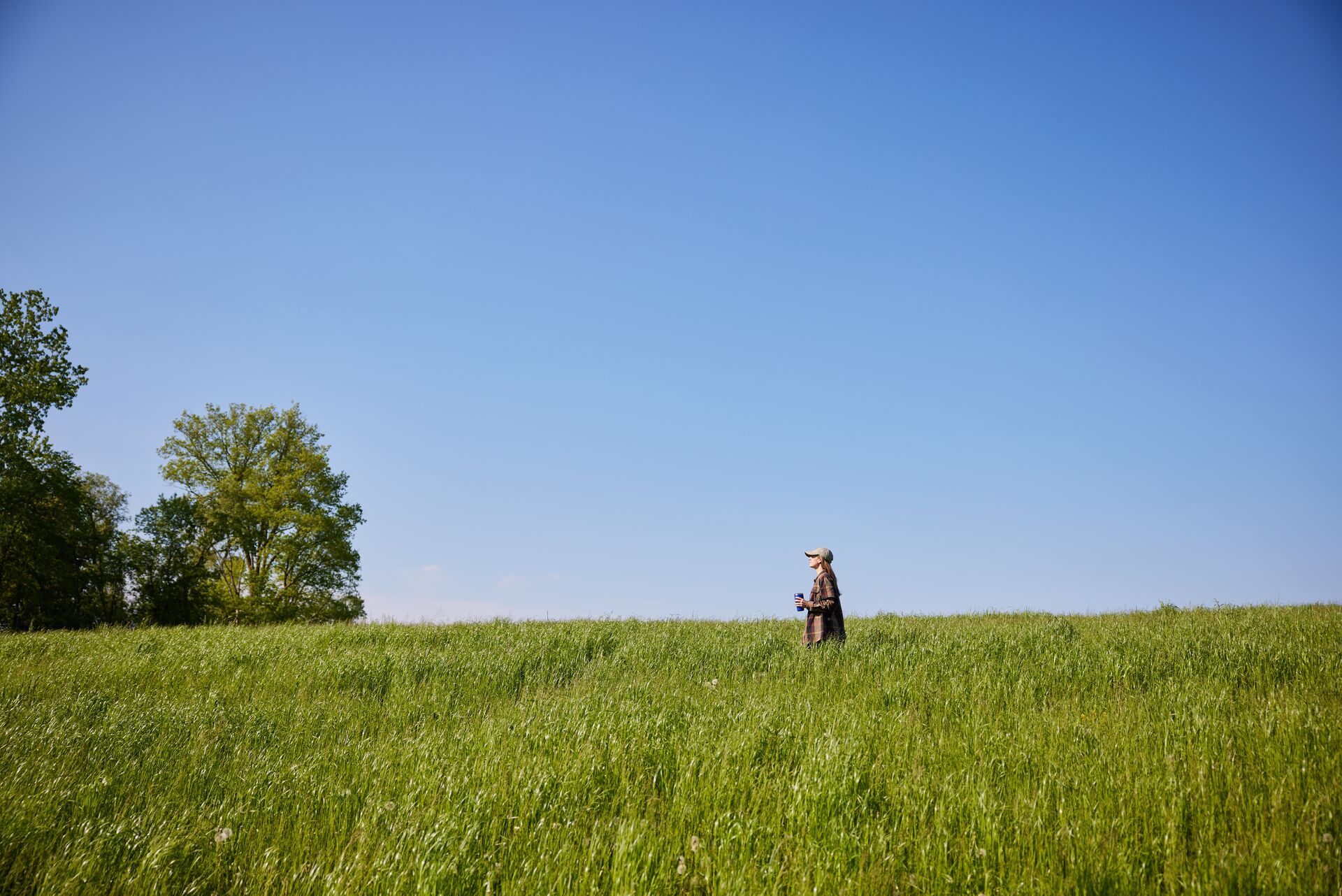Field Guide / Hunting Tips
The HuntWise Shed Hunting Guide

12 Minute Read
Nature will never cease to amaze, and the lifecycle of an animal's antler is one of nature's miracles.
Members of the Cervidae family – deer elk, moose, and caribou – shed their antlers every year. Understanding when and why will help you become a better shed hunter.
Shed hunting is yet another way to get outdoors, improve your hunting skill set, and scout new lands. It's the pursuit of searching for and keeping naturally shed antlers.
So, whether you've tried this aspect of hunting antlered animals or are looking for tips to improve your skills, keep reading for our expert shed hunting guide for the resources and knowledge you'll need to succeed in your shed hunting endeavor.
Chapter 1: The Life Cycle Of Antlers
Let's talk about bones – and, more specifically, hormones.
Antlers, made of bone, grow quite fast. This type of bone is one of the fastest-growing tissues in the animal kingdom, specifically. However, antlers are also not horns.
Antler growth begins at the base (pedicle), covered by a fuzzy sheath called "velvet." The velvet's underlying vascular structure makes antlers one of the fastest-growing tissues known to science.
Because of the photoperiod, which is the amount of daylight that regulates hormone production in animals, and longer days (and more sunlight) in the spring, testosterone increases, mineralization increases, and antler growth continues into the summer. Testosterone levels increase during and through the rut.
Fun Fact: Elk antlers can grow up to one inch a day, and moose antlers can grow up to one pound daily. The process is fascinating!
About Velvet
Velvet is also itchy. You'll see the animals rubbing on trees and other types of vegetation to remove the velvet.
The blood flow to the velvet is eventually cut off, causing it to dry up and fall away. This forms the bony structures we all know and love, hitting maximum potential in less than five months.
After the Rut
After the rut, male Cervids experience a dramatic hormonal change. Winter sets in, daylight becomes minimal, and the antler begins to demineralize, weakening the bond.
A new bone cell called an osteoclast removes the existing bone tissue between the pedicles (bases) and antlers, causing them to fall off. Stressors such as a harsh winter, daylight hours, injuries, and even nutrition can play a significant role in antler shedding.
Chapter 2: What Is Shed Hunting?
Shed hunting is the pursuit of searching for and keeping naturally shed antlers by antlered animals.
Humans saw a benefit to these bones and a way to get outdoors to scout new land and use the bones for profit or craft. Some plan to sell them, while others make art with the antlers.
The concept is simple: grab a backpack, some binos, and your good buddies and start cruising the woods looking for antlers. You'll become familiar with new lands to hunt and get a great workout in.
Sheds are a cool find and something you can either sell or make something from.
Why Do We Hunt Sheds?
Shed hunting is useful to us as humans. Not only are they fascinating finds, but they aren't the easiest things to find – creating a challenging and rewarding hobby for many hunters who stick with it and train their eyes to see sheds more easily.
It's also a great way to scout new private lands you now have permission to hunt or public lands you found through the HuntWise app. The more you learn the land, the better your chances are of success during hunting season.
Finding the animals' sheds can teach you a lot about their patterns and habits.
Antlers Can Be Big Business
Antlers can also have a lot of value in cash profit and even personal satisfaction or gain.
How many antler Christmas trees have you seen? How about the antler arches in Jackson Hole, Wyoming? Or even the stunning antler chandeliers in restaurants and lodges? These antlers can be worth a fortune to the right buyer.
Aside from cash value, many people have built businesses revolving around antlers and the things you can create with them, like tables, lamps, picture frames, and jewelry.
Some hunters joke that you can't eat antlers – but you can. Once treated for splinters, they make great chew toys for dogs. Some people even use velvet for medicinal purposes.
How Popular Is Shed Hunting?
Did you know that Jackson Hole's annual Elkfest and Boy Scout Elk Antler Auction is a more than 50-year-old tradition, attracting visitors and bidders from around the world? Every spring, thousands of elk wintering on the National Elk Refuge lose their antlers before they migrate to their summer range.
In April each year, the Jackson Hole Boy Scouts assist U.S. Fish and Wildlife with harvesting the shed antlers. On average, 8,000 pounds of antler are offered for auction. At $17 a pound, that's $136,000!
The Boy Scouts donate a percentage of proceeds from the auction to be used for long-term habitat improvement projects at the National Elk Refuge. The other 25% goes towards funding the Boy Scouts dues.
The Value Of Antlers
We could go pretty in-depth with how much antlers are worth, how to sell them, and how to collect them, but let's keep it short and simple.
The price of antlers fluctuates annually. It's based on supply and demand, as well as the quality and condition of the antler, the "grade" (brown, white, chalk), and any unique qualities they may have or even abnormalities.
Antler Grades
All antlers are graded and then priced. Antler grades fall into three categories: brown, hard white, and chalk.
- Brown is the freshest and the most valuable.
- White and chalk antlers have been sitting in the sun or chewed up by rodents because they are high in calcium).
Cracks and chips or weathered antlers are also considered "chalk." They have lost a lot of integrity, therefore being the least valuable.
Elk vs. Moose vs. Deer Antlers
Aside from the grade, elk, moose, and deer antlers differ in value. They are both graded and then sorted by weight.
Due to the demand, elk antlers are typically worth more than deer antlers. They are larger, making them more popular.
Chapter 3: When Is The Best Time for Shed Hunting?
After antlers have served their purpose of defense and attracting mates, they can be discarded. There's no sense in these animals carrying the extra weight around.
When to start shed hunting will differ per region. The window in which these animals lose their antlers depends on location, environment, and the age of the animal.
Deer tend to cast antlers in February, moose can drop as early as December, and elk hold out till March. Caribou are the only species where the males and females have antlers. The males shed theirs in November, whereas the females shed theirs in May when the calves are born.
Western Shed Hunting
Hunting sheds in the Western region takes place from mid-January through April. States in this region include Washington, Oregon, Idaho, Montana, Wyoming, Colorado, California, Nevada, and Utah.
High mountains and deep drainages in this region can make glassing necessary. Find south-facing slopes that animals use to stay warm, find a high point, and start scanning.
Spending time learning each area of the mountains and how the weather, elevation, and predators affect these animals will be your best shot at finding antlers.
Midwestern Shed Hunting
Midwestern shed hunting season runs mid to late December through March. States in this region include North Dakota, South Dakota, Nebraska, Kansas, Minnesota, Iowa, Wisconsin, Illinois, Michigan, Indiana, and Ohio.
The Midwest region is very similar in climate to the Northeast, so sheds will drop around the same time frame.
Using trail cameras is highly beneficial as they will show you what deer have come through and what's hanging out. Trail cams can also show you which deer have shed their antlers and which have not.
During the winter, whitetail deer like to stay warm, so they will hang out on south-facing slopes where they soak up the sun. Use the HuntWise app to help you find these locations.
Southwest Shed Hunting
Hunt for sheds in the Southwest region starting mid-February through April. States in this region include Arizona, New Mexico, Texas, and Oklahoma.
Areas of Texas and Arizona have diverse terrain. This region is incredibly dry, so open water and frequent water holes are excellent sources for your hunt. Glassing will be incredibly helpful in your pursuit of finding elusive sheds.
Find a high point, set up a tripod and binos, and start scanning. The "V" shape from a tine is a good starting point.
Northeast Shed Hunting
Hunt sheds in the Northeast from mid to late December through March. States in this region include Pennsylvania, Delaware, Maryland, Connecticut, Rhode Island, New York, Vermont, Maine, New Hampshire, New Jersey, and Massachusetts.
The Northeast region has a very similar climate to the Midwest, so sheds will drop around the same time frame. Again, using trail cameras is highly beneficial.
Southeast Shed Hunting
The shed hunting season for the Southeast is early February through April. States in this region include Arkansas, Louisiana, Tennessee, North and South Carolina, Kentucky, West Virginia, Virginia, Alabama, Georgia, and Florida.
Deer won't venture out into open grassy areas until they feel safe. Check and scout these grassy areas, slowly moving into areas deer pour into at night.
Chapter 4: How and Where To Find Sheds
The first step is to find areas where elk and deer hang out in winter.
For tips on where to go, ask seasoned shed hunters and search on Google or HuntWise. Google Earth can show you a view of properties you can hunt, attempting to find terrain features that may explain deer movement in your area.
Bedding Areas
Deer and elk spend a lot of their time in bedding areas. Search tall grasses, brushy thickets, swamps, and heavily wooded timber pockets to find sheds.
Feeding Locations
Standing crops are a good source of food for deer, corn, and beans left behind. Additionally, standing corn is a big help in knocking off antlers as animals walk through.
Look for sheds in food plots, cutovers, orchards, oak ridges, and ag fields.
Travel Corridors
Travel corridors are trails that lead away from feeding areas and toward bedding areas or water sources. Think of fence lines that deer and elk have to jump, causing antlers to fall off. Fencelines are a great place to find sheds.
Water Sources
Water sources will have rich soil, a variety of succulent plants, and brushy edges, which provide good food and cover for deer. Some ideal water sources for shed hunting include rivers, ponds, creeks, streams, and swamps.
Shelter and Cover Areas
Winter is harsh in some areas, so deer and elk look for cover and places to stay warm.
Pine stands, cedars, and other conifer trees are great wind blockers and provide cover. Explore these areas for sheds.
Chapter 5: Shed Hunting Gear for a Successful Hunt
In addition to finding ideal locations for finding sheds, make sure you are fully equipped with the essentials before you hunt! We'll touch on some of our best recommendations next.
Remember: HuntWise users have access to our discount gear program, which can save you up to 50% on over 75+ top hunting brands. Members unlock exclusive discounts and get access to new releases, promos, and more.
Optics
Having an extra pair of eyes never hurt anyone. In fact, in many areas, whether hunting for sheds or your first buck, extra eyes are a must.
A good pair of binoculars that won't strain your eyes while helping you see the smallest sheds is a must-have.
Hiking or Hunting Boots
Hunting sheds requires a lot of walking, so investing in a comfortable pair of boots is important. Waterproof and breathable boots are ideal, especially when hunting in wet spring conditions.
Shed Hunting Backpack
A full day of shed hunting requires food, water, and a place to put all your antlers. A backpack and daypack are suitable, but a basic frame Kifaru pack will be even better.
Shed Hunting Dogs
If you are new to this sport, chances are you don't have a trained dog yet. However, upland bird dogs and labs can be trained to find sheds.
Talk with fellow hunters or search online for tools and resources to train your dogs.
Chapter 6: Use the HuntWise App To Find More Sheds
Having a digital mapping system in the palm of your hand is incredibly useful and efficient out in the field. The HuntWise app can save you time and make your shed hunting experience much more enjoyable and successful.
Our app allows you to save and mark locations such as tree stands, cameras, rubs, scrapes, and anything you can use later, right from your phone.
Here are a few ways to use HuntWise to help you with your shed hunts:
- Use the Web Map: Use the map to pinpoint trail camera placement, locate thermal cover, and identify south-facing slopes and cover.
- Add Waypoints: Add waypoints of these areas from the web map and spots where you found sheds and animal signs such as rubs and beds. This will also be helpful during hunting season.
- Pinpoint Property Lines: Identify fence crossings where deer often drop antlers when they jump. Make sure you aren't trespassing or are on National Park lands where picking up antlers is banned.
- Use The Tracker Tool: Track your steps to find your way back to your truck and establish where you have and have not been.
- Use the Shape Tool: Outline your area of search. A solid grid will help you be more successful than a sloppy guess of random areas.
Our HuntWise app is a helpful tool hunters can use for more than simply finding deer during hunting season!
A Friendly Reminder About Ethics
Never chase or pursue animals in an attempt to make them drop their antlers. These creatures just finished a harsh winter and are already under stress.
Always follow the local regulations in your area, which can be found within the HuntWise app. Some public lands actually outlaw picking up antlers. For example, it's illegal to pick up antlers in National Parks.
Leave no trace and minimize your impact.
Find More Sheds With HuntWise
We hope you found this information helpful, whether you're an experienced shed hunter or are considering trying your hand at it for the first time. Plan ahead for the spring and get to them before the rodents do!
Good luck out there, and make sure you download the HuntWise app before your next shed hunt.
Blog updated January 19, 2024.
Previous in Hunting Tips
Next in Hunting Tips
Try HuntWise For Free
Start your risk-free 7-day trial now!
More Content Like This

How to Build a Ground Blind for Turkey or Deer Hunts
A large part of what makes hunting such an exciting and dynamic sport is the preparation, strategy, problem-solving, and DIY opportunities that all go into a successful hunt. From the countless hours at the range to pouring over mapping and weather i...Read More
Read More
How to Find Private Hunting Land Near Me: A Guide
The success of your hunting season could depend on the land you plan to hunt. Whether it's public or private land, you need a spot you can scout and learn about, then delivers on that big buck or turkey you want to bring home by the end of your time ...Read More
Read More6 Deer Tracking Tips for After the Shot
One crucial thing hunters can almost never know enough about is tracking a deer after a shot. Every hit is different. While you can hope for a deer that falls and stays right where it was when you hit it, they often keep moving and walking for some t...Read More
Read More Hunting Tips
Hunting TipsHow to Build a Ground Blind for Turkey or Deer Hunts
By Quinn Badder | 04/23/2025A large part of what makes hunting such an exciting and dynamic sport is the preparation, strategy, problem-solving, and DIY opportunities that all go into a successful hunt. From the countless hours at the range to pouring over mapping and weather i...Read More
Read More Hunting Tips
Hunting TipsHow to Find Private Hunting Land Near Me: A Guide
By Teri Williams | 07/04/2024The success of your hunting season could depend on the land you plan to hunt. Whether it's public or private land, you need a spot you can scout and learn about, then delivers on that big buck or turkey you want to bring home by the end of your time ...Read More
Read More Hunting Tips
Hunting Tips6 Deer Tracking Tips for After the Shot
By Lexi Quinn | 08/31/2023One crucial thing hunters can almost never know enough about is tracking a deer after a shot. Every hit is different. While you can hope for a deer that falls and stays right where it was when you hit it, they often keep moving and walking for some t...Read More
Read More
1 of 3